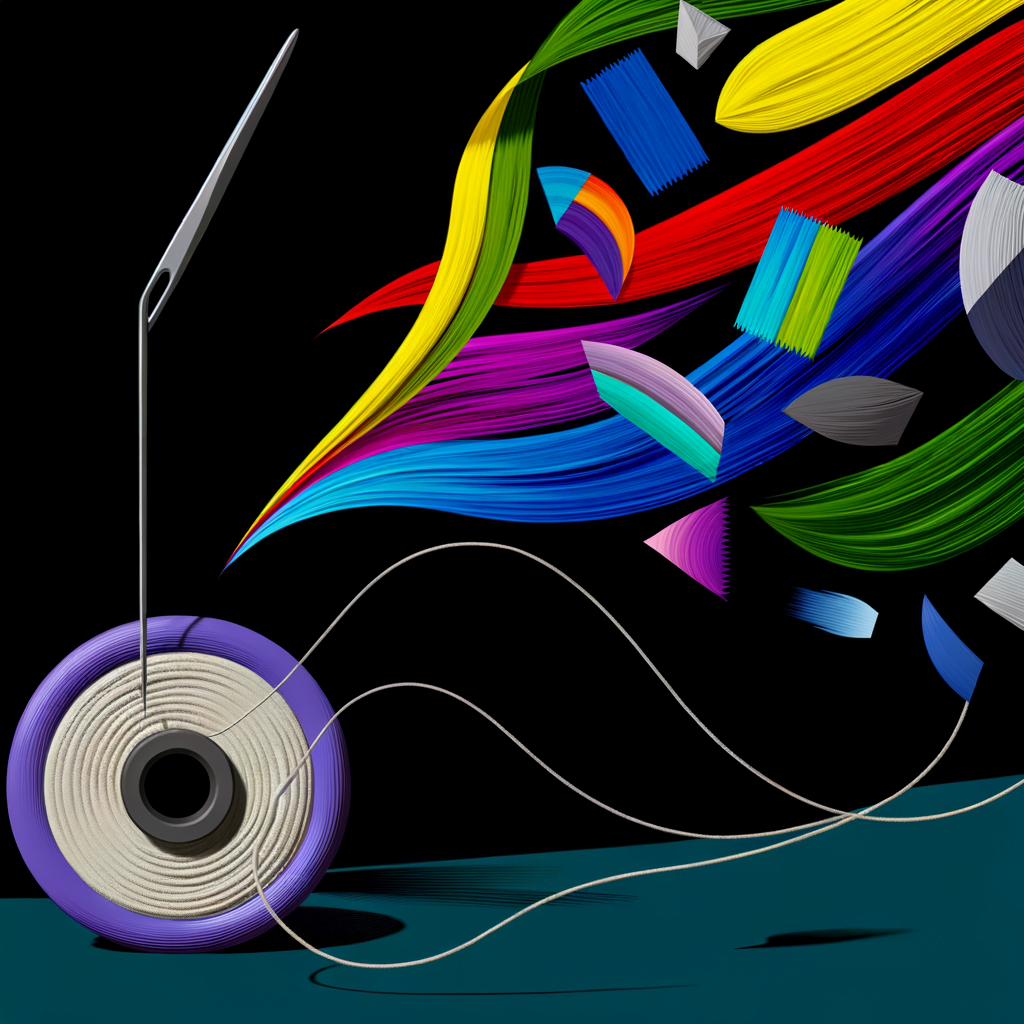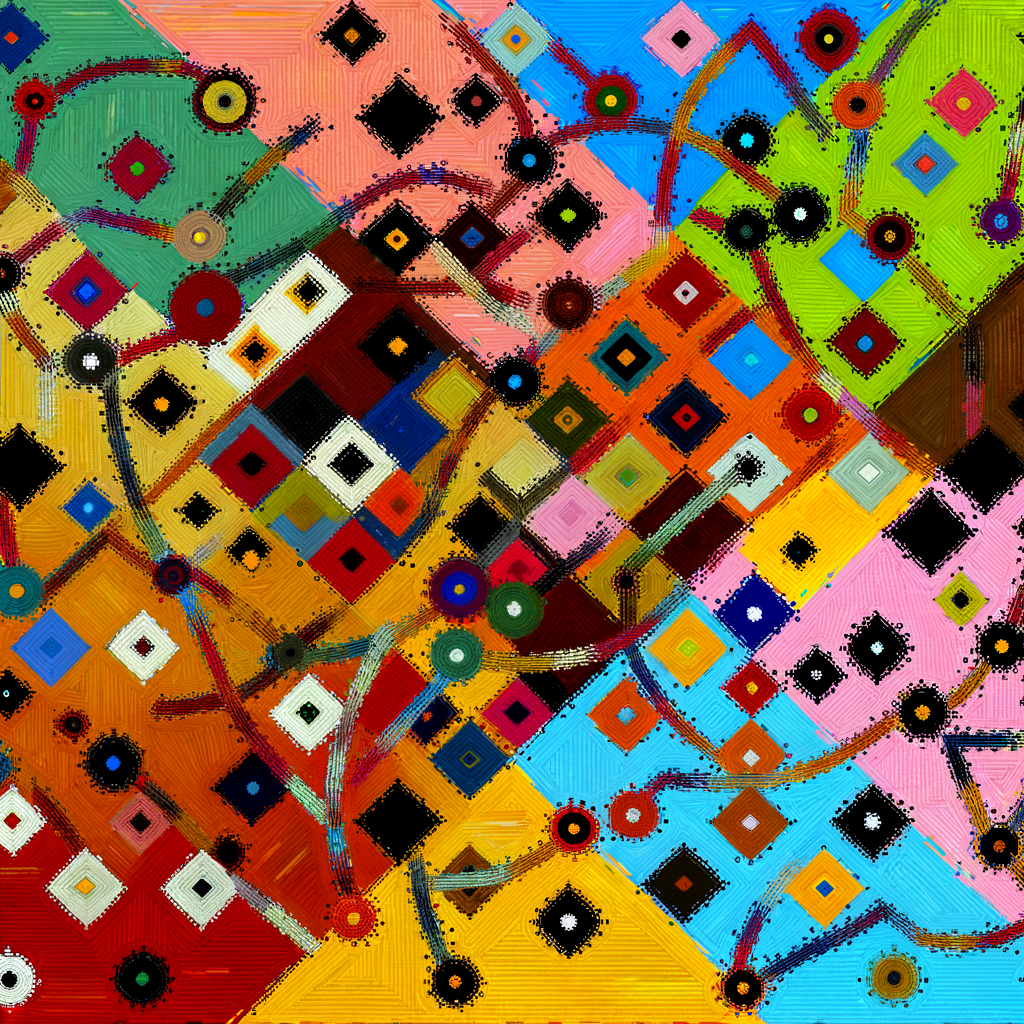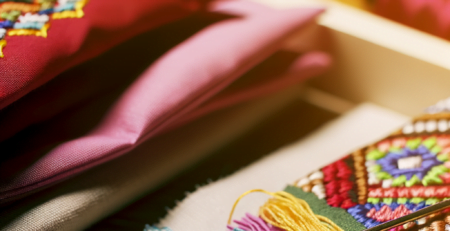Quanti punti sono troppi?
Sommario
“Pushing the Boundaries of Repair: When Stitches Exceed the Norm”
introduzione
Determining how many stitches is too many depends on the context of the situation. In medical terms, the number of stitches required is dictated by the size, depth, and location of a wound. There is no specific number that is considered “too many” as each case is unique and the primary goal is to close the wound effectively to promote healing and minimize scarring. In knitting or sewing, “too many stitches” might refer to an excessive number that causes the fabric to bunch or the garment to be too large. In this context, the appropriate number of stitches is guided by the pattern or desired dimensions of the finished product.
Understanding the Limits: When Does Stitch Count Become Excessive in Knitting Projects?
Quanti punti sono troppi?
In the intricate world of knitting, the number of stitches on the needles is a fundamental aspect that determines the size, shape, and texture of the finished project. For both novice and seasoned knitters, understanding when the stitch count becomes excessive is crucial to ensure the success of a knitting project. The question of how many stitches is too many hinges on several factors, including the type of project, the yarn weight, needle size, and the knitter’s personal tension.
When embarking on a new knitting project, the pattern typically specifies the required stitch count. This count is carefully calculated by the designer to achieve the intended dimensions and fit. Deviating from this count without making informed adjustments can lead to a finished product that is too large, too small, or misshapen. Therefore, adhering to the pattern’s stitch count is essential, especially for garments where fit is paramount.
However, there are instances where a knitter might consider altering the stitch count. For example, when creating blankets or scarves, where fit is more forgiving, one might opt for a higher stitch count to produce a larger, cozier outcome. In such cases, it is important to remember that increasing the stitch count will also increase the amount of yarn required, potentially affecting the project’s cost and completion time.
The weight of the yarn plays a significant role in determining an appropriate stitch count. Heavier yarns, such as chunky or bulky weights, typically require fewer stitches to cover a given area compared to lighter weight yarns like sport or fingering. Consequently, using a heavy yarn with a high stitch count can result in a dense, stiff fabric, while a light yarn with too few stitches may produce a fabric that is too loose and lacks structure.
Needle size is another critical factor. Larger needles create larger loops and thus a looser fabric, which may require fewer stitches to achieve the desired width. Conversely, smaller needles create tighter stitches, necessitating a higher stitch count for the same width. The knitter’s personal tension, or how tightly or loosely they knit, will also affect the final stitch count. A knitter with a tight tension may need to increase their stitch count or use larger needles to meet the pattern’s gauge, while a looser knitter might do the opposite.
It is also worth considering the practicality of managing a high stitch count. An excessive number of stitches can be cumbersome and may lead to mistakes or dropped stitches, which can be frustrating and time-consuming to correct. Additionally, the physical weight of a large number of stitches can strain the hands and wrists, potentially leading to discomfort or injury over prolonged periods of knitting.
In conclusion, while there is no one-size-fits-all answer to how many stitches is too many, understanding the interplay between the project’s requirements, yarn weight, needle size, and personal knitting tension can guide knitters in determining an appropriate stitch count. It is essential to balance the desire for a certain fabric quality and project size with the practical considerations of yarn consumption, project manageability, and physical comfort. By doing so, knitters can avoid the pitfalls of an excessive stitch count and ensure the successful completion of their knitting projects.
The Impact of High Stitch Counts on Healing and Scar Formation in Surgery

Quanti punti sono troppi?
In the realm of surgery, the number of stitches used to close a wound is a topic of considerable debate. The primary goal of suturing is to promote optimal healing while minimizing scar formation, but the question remains: how many stitches constitute too many? The answer is not straightforward, as it hinges on a multitude of factors including the type of surgery, the location and size of the incision, the tension on the wound edges, and the individual patient’s healing capacity.
The impact of high stitch counts on healing is a nuanced subject. On one hand, using an adequate number of stitches is crucial to ensure that the wound edges are well approximated without gaps that could lead to infection or dehiscence, where the wound reopens. On the other hand, an excessive number of stitches can be counterproductive. Over-suturing may increase the risk of tissue ischemia, where the blood supply to the wound edges is compromised, leading to delayed healing and increased scarring.
Moreover, the tension exerted by too many stitches can cause unnecessary trauma to the tissue. This can result in increased inflammation, which is a natural part of the healing process but when excessive, can lead to more noticeable scarring. The body’s response to injury is to produce collagen to repair the wound, but when the healing process is disrupted by excessive tension or ischemia, the collagen can be overproduced or poorly aligned, resulting in a hypertrophic scar or even a keloid, which is an overgrowth of scar tissue.
The technique of suturing also plays a pivotal role in the healing outcome. Surgeons aim for the ‘just right’ tension – enough to close the wound but not so much that it strangles the tissue. The spacing between stitches is equally important; too close and they may strangulate the tissue, too far apart and they may not provide adequate support. Additionally, the type of suture material and whether the stitches are placed internally or externally can influence the healing process and the appearance of the final scar.
It is also essential to consider the patient’s unique characteristics. Factors such as age, skin type, nutritional status, and smoking can all affect healing. For instance, younger patients tend to heal faster and may require fewer stitches, while older patients may have less elastic skin that requires more support. Similarly, areas of the body that experience more movement, such as joints, may need more stitches to stay closed during the healing process.
In conclusion, there is no one-size-fits-all answer to the question of how many stitches is too many. Surgeons must carefully balance the need for wound closure with the potential for adverse effects on healing and scar formation. They must consider the specific circumstances of each surgical procedure and patient. The art of suturing requires a delicate touch, a deep understanding of human anatomy and healing, and an appreciation for the body’s capacity to repair itself. By tailoring their approach to each individual case, surgeons can optimize healing outcomes and minimize scarring, ensuring that the number of stitches used is just right for each unique situation.
Balancing Complexity and Practicality: Evaluating Stitch Counts in Embroidery Designs
Quanti punti sono troppi?
Embroidery, the intricate art of decorating fabric with needle and thread, has been practiced for centuries, evolving into a sophisticated craft with endless creative possibilities. In the modern era, the advent of machine embroidery has brought about a new dimension of complexity and precision to this traditional art form. One of the critical factors that embroiderers must consider when creating or selecting designs is the stitch count, which can significantly impact both the aesthetic and practical aspects of the finished piece.
The stitch count in an embroidery design refers to the total number of stitches required to complete the design. This number is not merely a quantitative measure but also an indicator of the design’s complexity, detail, and potential cost. A higher stitch count often means a more detailed and visually appealing result, but it also implies longer production times and increased wear on both the embroidery machine and the fabric.
When evaluating whether a stitch count is too high, one must consider the intended use of the embroidered item. For instance, a high stitch count may be appropriate for a one-off art piece or a luxury garment where the emphasis is on intricate detail and the highest quality finish. Conversely, for items that will be produced in large quantities or are intended for everyday use, such as company uniforms or promotional products, a lower stitch count may be more practical to ensure durability and cost-effectiveness.
Moreover, the type of fabric being embroidered plays a crucial role in determining an appropriate stitch count. Delicate fabrics such as silk or lightweight cotton may not withstand the density of a high stitch count without puckering or distortion, whereas sturdier materials like denim or canvas can support more elaborate designs. Therefore, the compatibility between the fabric’s characteristics and the design’s stitch count must be carefully assessed to avoid compromising the integrity of the material and the quality of the embroidery.
Another consideration is the type of thread used in the embroidery process. Thicker threads will fill more space with fewer stitches, potentially reducing the stitch count without sacrificing the design’s appearance. On the other hand, finer threads may require a higher stitch count to achieve the same level of coverage and detail, which could increase production time and costs.
Embroidery professionals must also weigh the implications of a high stitch count on their equipment. Machines operating for extended periods or at high speeds with dense designs may experience more wear and tear, leading to more frequent maintenance and potential downtime. This factor must be balanced against the demand for high-quality, detailed embroidery that may necessitate a higher stitch count.
In conclusion, determining how many stitches are too many is not a one-size-fits-all answer but rather a careful balancing act between complexity and practicality. Embroiderers must evaluate the purpose of the embroidered item, the type of fabric and thread, the capabilities of their equipment, and the cost implications to decide on an optimal stitch count. While a high stitch count can produce stunningly detailed work, it is essential to consider the broader context to ensure that the final product is not only beautiful but also practical and sustainable. By striking the right balance, embroiderers can create pieces that are both visually impressive and suited to their intended application.
Conclusione
The number of stitches that is considered “too many” cannot be defined universally as it depends on the size, location, and severity of the wound, as well as the individual patient’s healing capacity and the surgeon’s technique. Generally, the goal is to use the minimum number of stitches required to properly close the wound for optimal healing and minimal scarring. Excessive stitching can lead to increased tissue trauma, scarring, and infection risk. It is best to consult with a medical professional to determine the appropriate number of stitches for a specific situation.





Lascia un commento